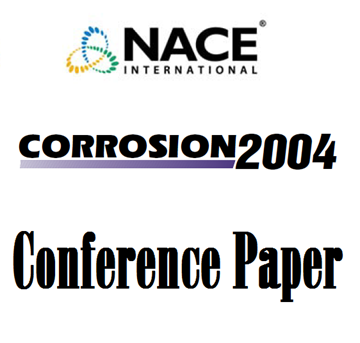The Tualatin Valley Water District manages a system of over 769 miles of pipe to provide water service to its customers. Its distribution system is comprised of over 70 percent ductile iron pipe and most of the remaining pipe is made of cast iron. The District is seeing failure of pipe in its system due to external corrosion in as little as 30 years. Replacement of its system could cost on the order of $600000 million to $1 billion. In an effort to address this issue the District is implementing a program to assess the conditions contributing to corrosion related pipeline failure evaluating different pipe coating options and materials and incorporating its findings as appropriate in new level of service and criticality based standards as part of its overall approach to managing its pipeline assets.
The District is located in Washington County west of Portland. The District was created in 1991 following the merger of the Wolf Creek Highway Water District (established in 1938) and the Metzger Water District (established in 1924). The District provides an average of about 20 million gallons of water per day to over 200000 customers including both residential and commercial users. It is Oregon's second largest water provider. In addition to its pipelines District facilities include 12 booster pump stations 28 pressure zones and 25 reservoirs.
The District’s approach to managing its pipeline assets begins by understanding its situation or circumstances that have led to pipeline corrosion. These include soils with varying levels of corrosivity dissimilar metals in contact fluctuating and high areas of ground water previous installation practices where pipes were installed on native soils then backfilled with other materials and other sources of current in the ground.
The District has investigated various industry standards and recommendations related to addressing pipeline corrosion and has developed its own approach to providing varying levels of protection for its pipelines based on soil corrosivity and criticality of the pipeline.
This District is relying upon GIS to help store the various types of information it collects related to its pipeline infrastructure and related leak history and corrosion. The goal is to leverage this information to be able to make better decisions on how best to spend its money to address its aging infrastructure.
Finally the District is conducting pilot studies using ductile iron pipe with different types of protective measures including loose polyethylene bags and various tightly bonded coatings. It is also evaluating other non-corrosive pipe materials for smaller mains such as PVC pipe. As part of its pilot study work the District is tracking cost of the installations ease of construction and installation as well as other related issues and overall effectiveness against corrosion.




